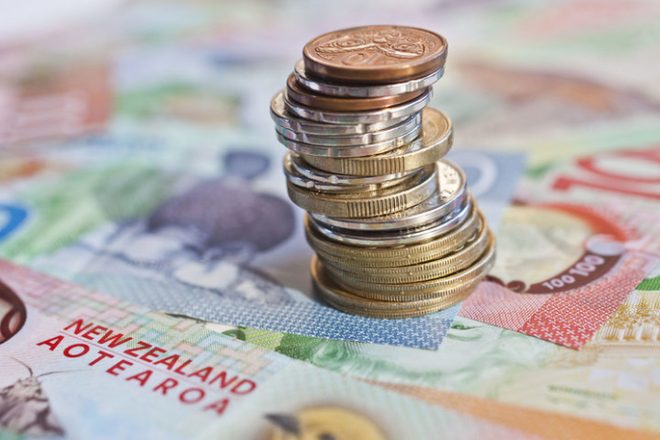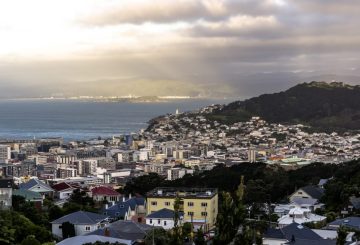エコノミストは以前、ニュージーランドの経済は第2四半期に再び成長すると予測していました。彼らは、6月四半期のGDPが 0.4% から 0.8% の間で上昇すると予測しています。乳製品、林業、食肉の輸出の改善などの要因が 0.9% の成長に貢献した。Stats NZのJason Attewellは、ビジネスサービス、特にコンピューターシステム設計がこの成長に重要な役割を果たしたことを強調しました。
製造業の活動も第2四半期に増加し、過去5四半期にわたる減少傾向に終止符を打った。2023年3月四半期の成長率は -0.1% から 0% に調整されました。一方、2022年12月四半期は 0.5% の減少となり、前回の -0.7% からの修正となりました。
ウェストパックのシニアエコノミスト、ダレン・ギブス氏は、これらの修正により、今のところ景気後退は回避できるかもしれないと述べています。ASBのナサニエル・キール(Nathaniell Keall)氏は、GDPの上昇は予想よりもかなり高かったと指摘した。同氏は、純移住者数は引き続き堅調だが、当四半期の一人当たりのGDP成長率は 0.2% と小幅だったと付け加えた。
しかし、金利の上昇や輸出価格の下落などの要因が同国を景気後退に追い込む可能性があると考える専門家もいる。Keall氏は、ニュージーランドの経済は現在堅調に見えますが、今後12〜18か月で減速すると予想されていると述べました。
ANZは、一時的な景気回復を示唆する「デッド・キャット・バウンス」という言葉を用いて、慎重になるよう提案した。キウイバンクのシニアエコノミスト、メアリー・ジョー・バーガラ氏は先週、今後の景気について懸念を表明した
。






























































